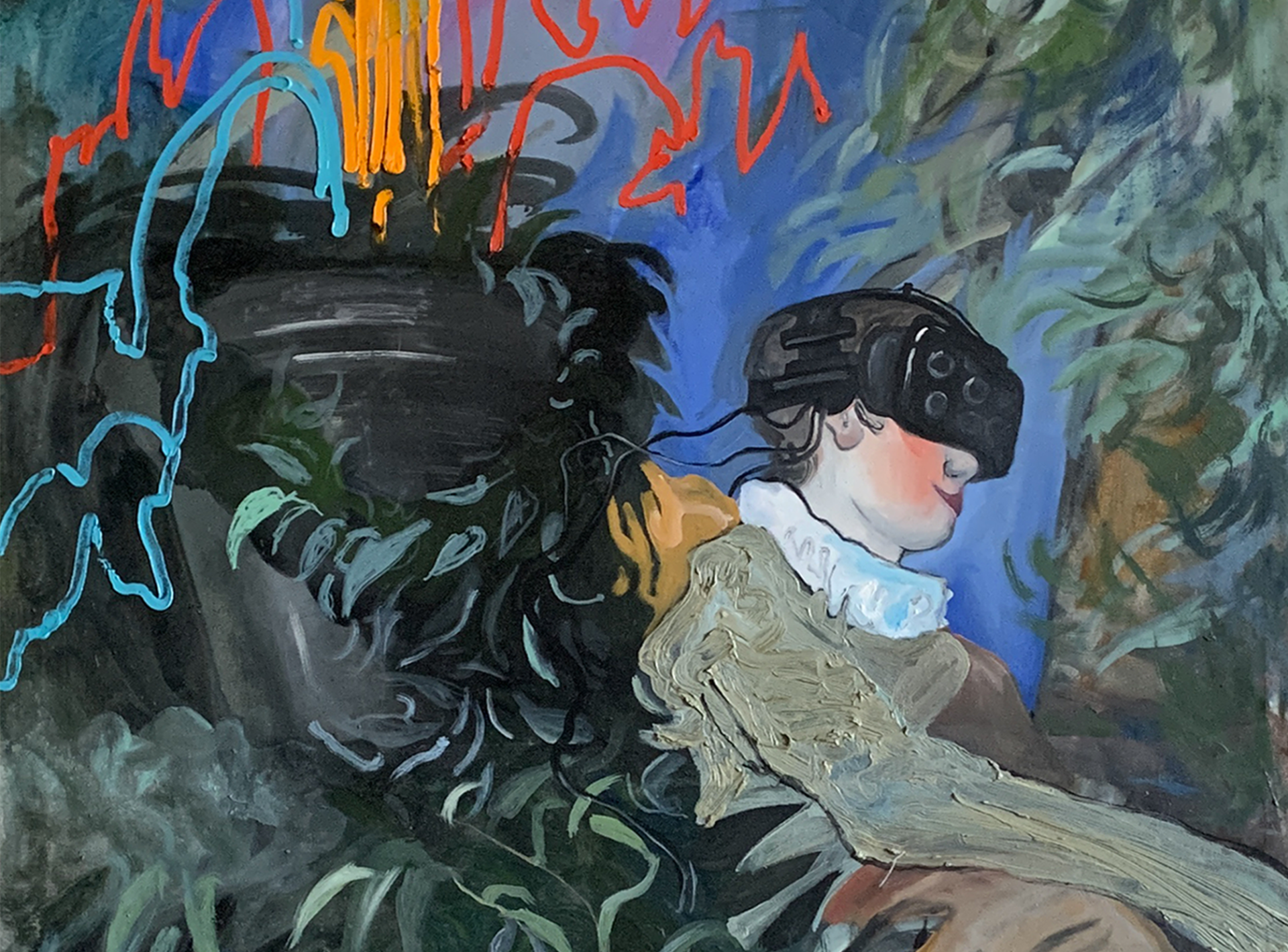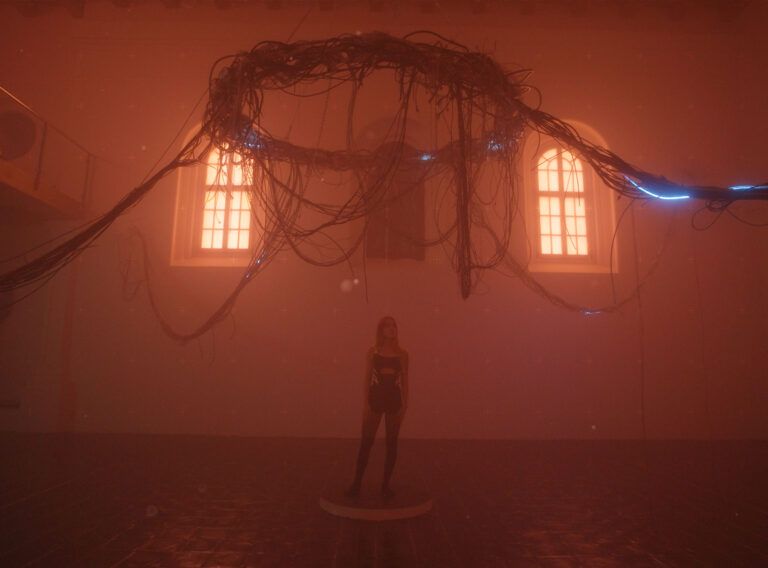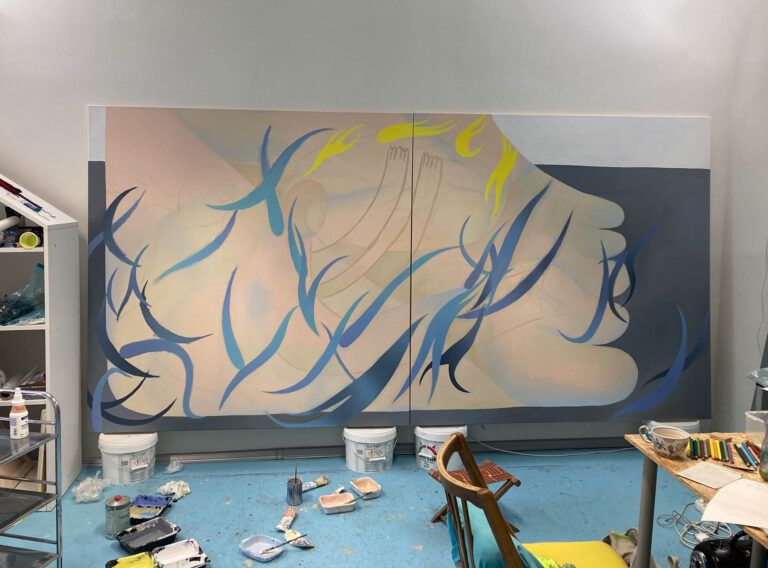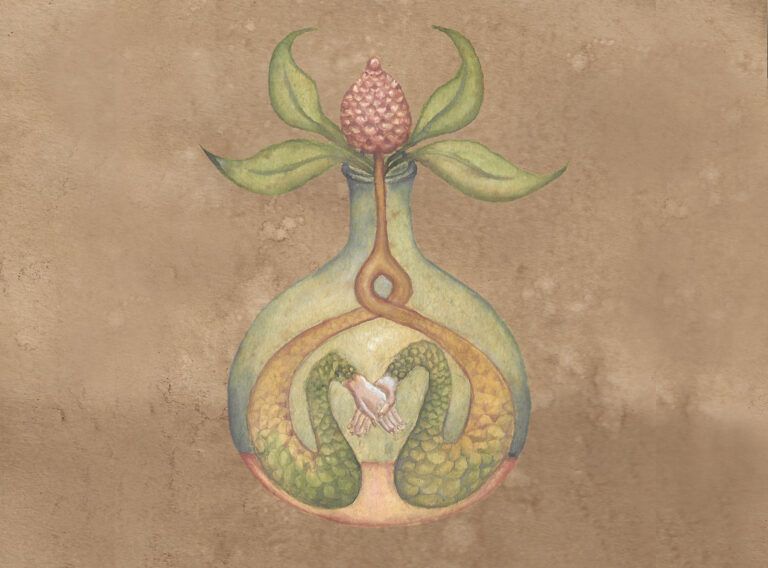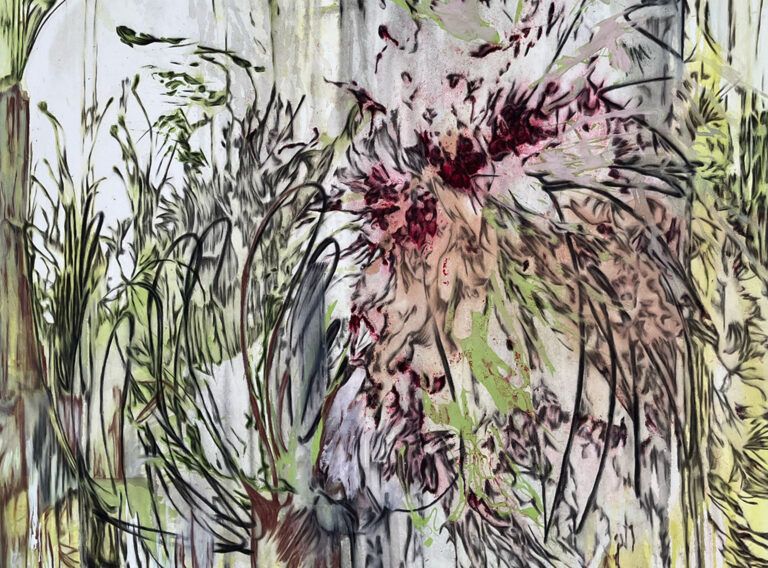WORDS BY THE ARTIST / I transform online imagery into material objects, giving the flesh to the product of the free dreaming, merge style of two different centuries. In the online world, you can transform into anyone you want to and be free in your choices so, in my paintings, the characters are sort of dream versions of myself going amok as they are being surrounded by natural scenery, which is alien to them. The decorative elements of wires, old phones, insects, ribbons, drones, etc. are my versions of contemporary vanitas.
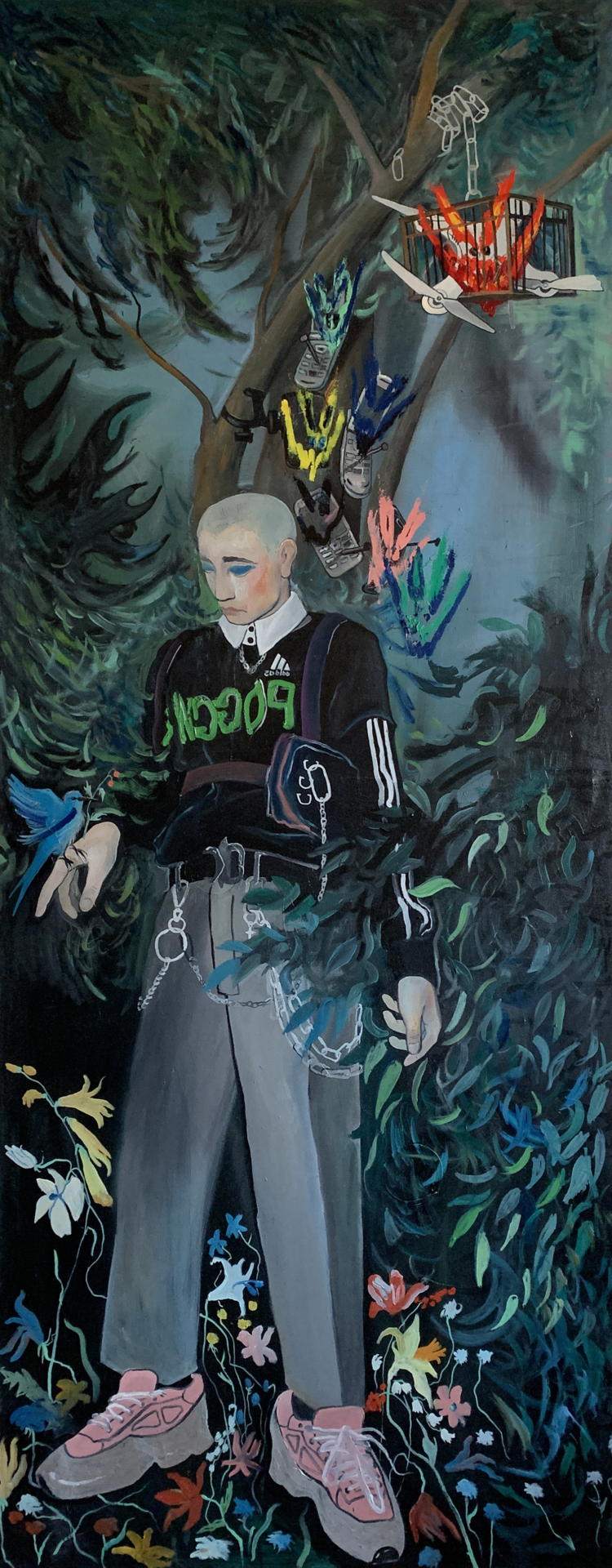

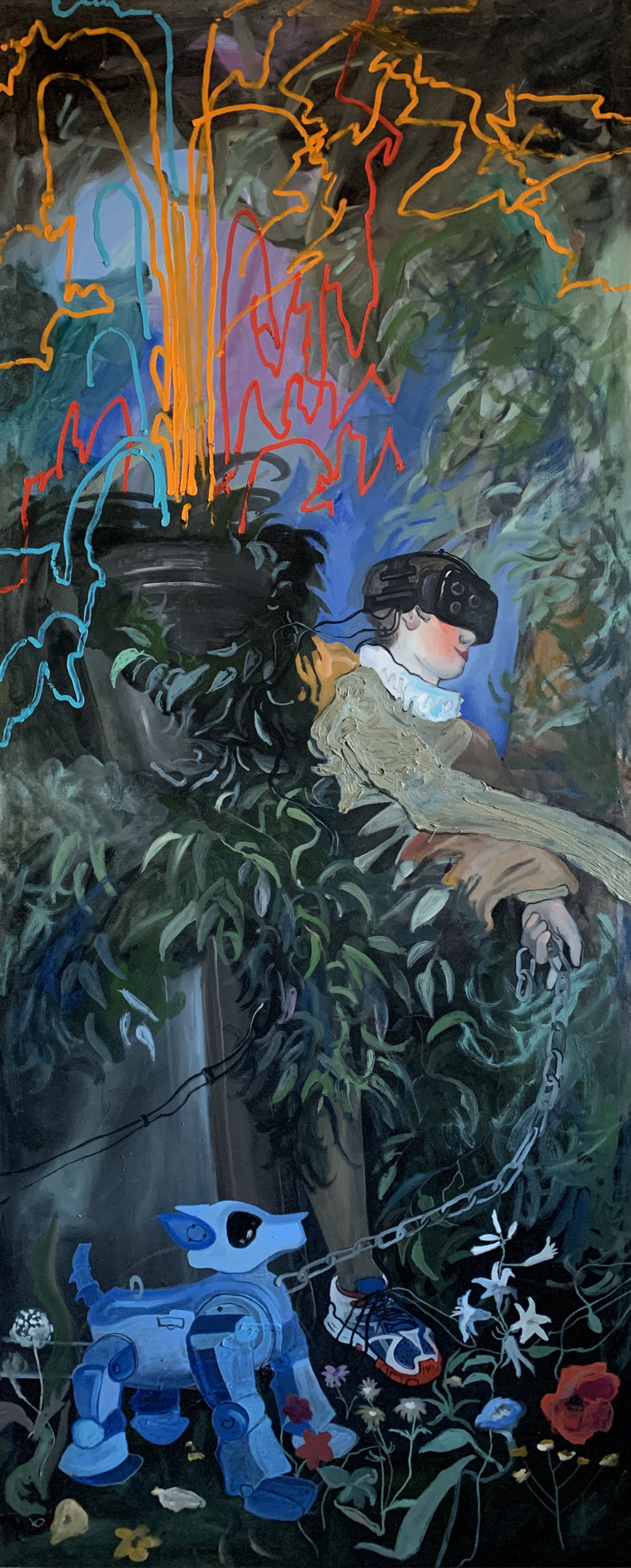
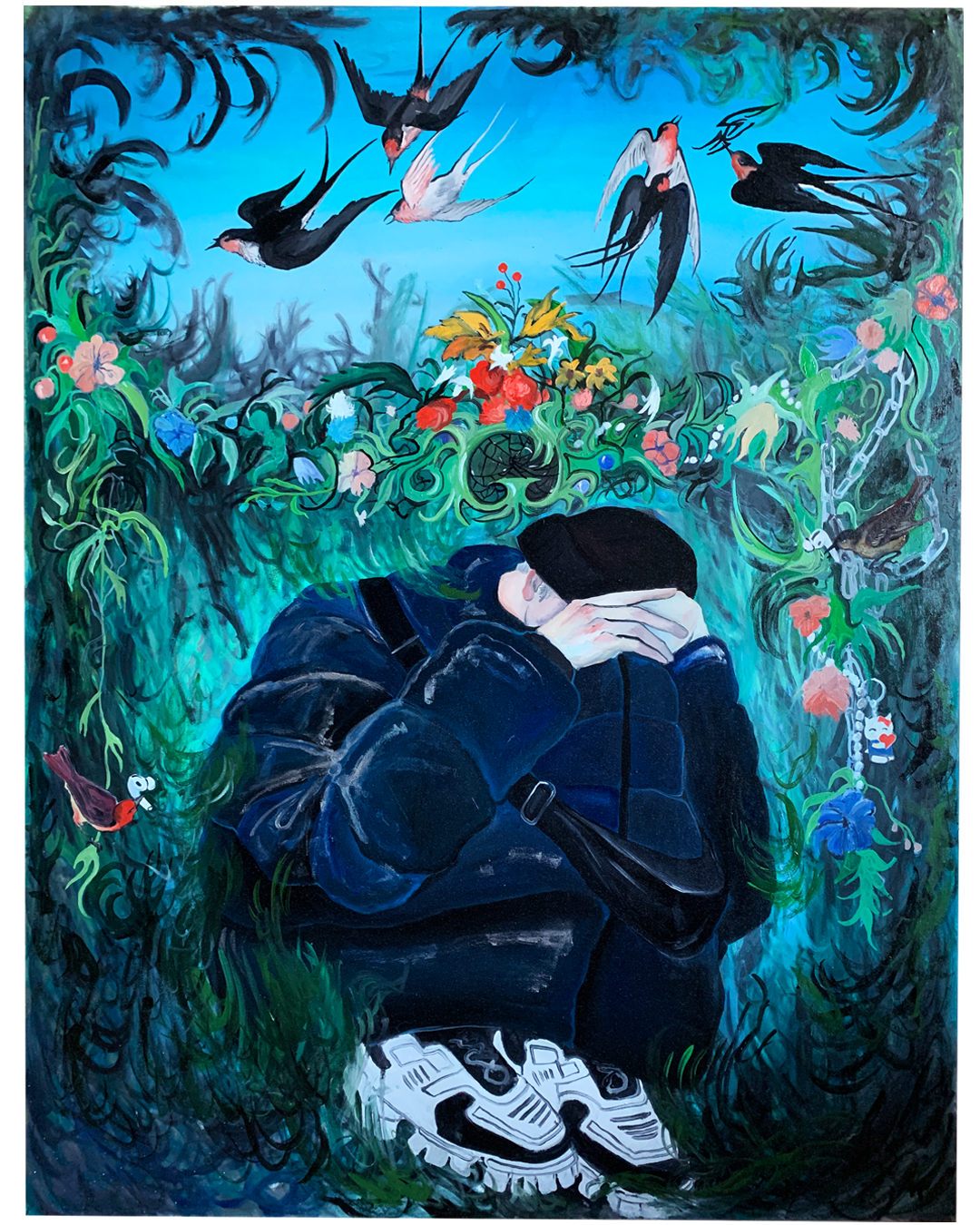

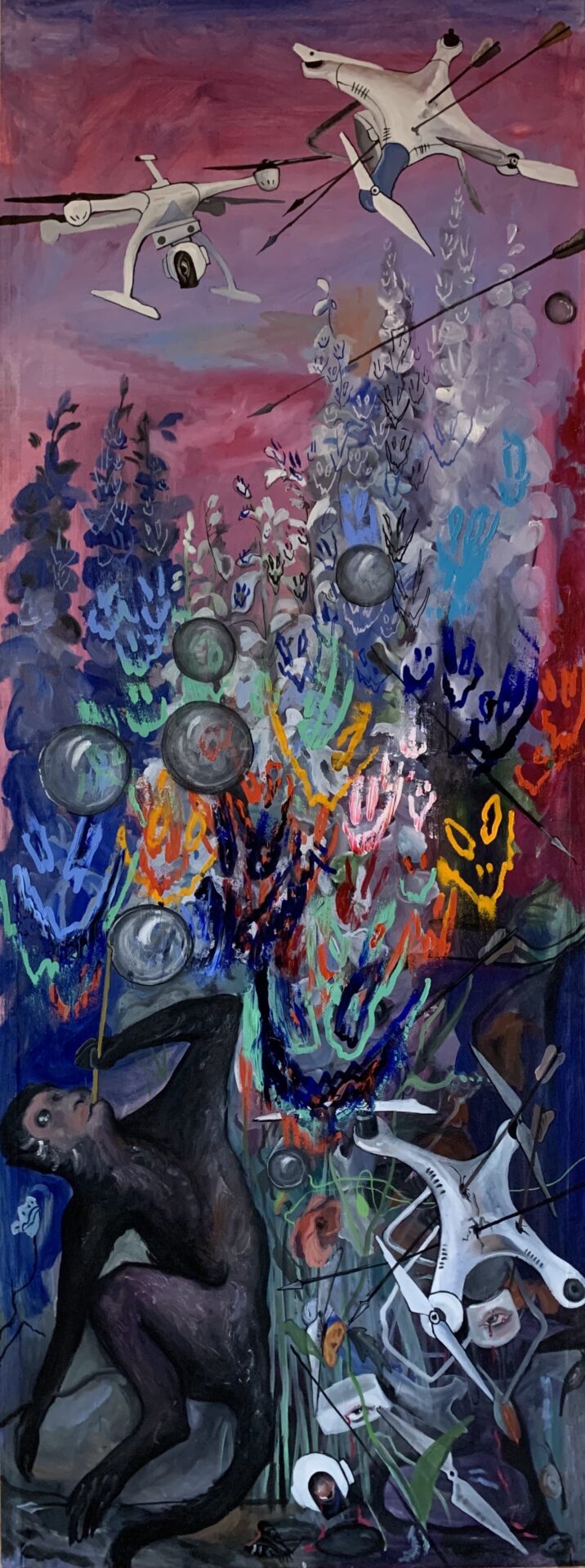
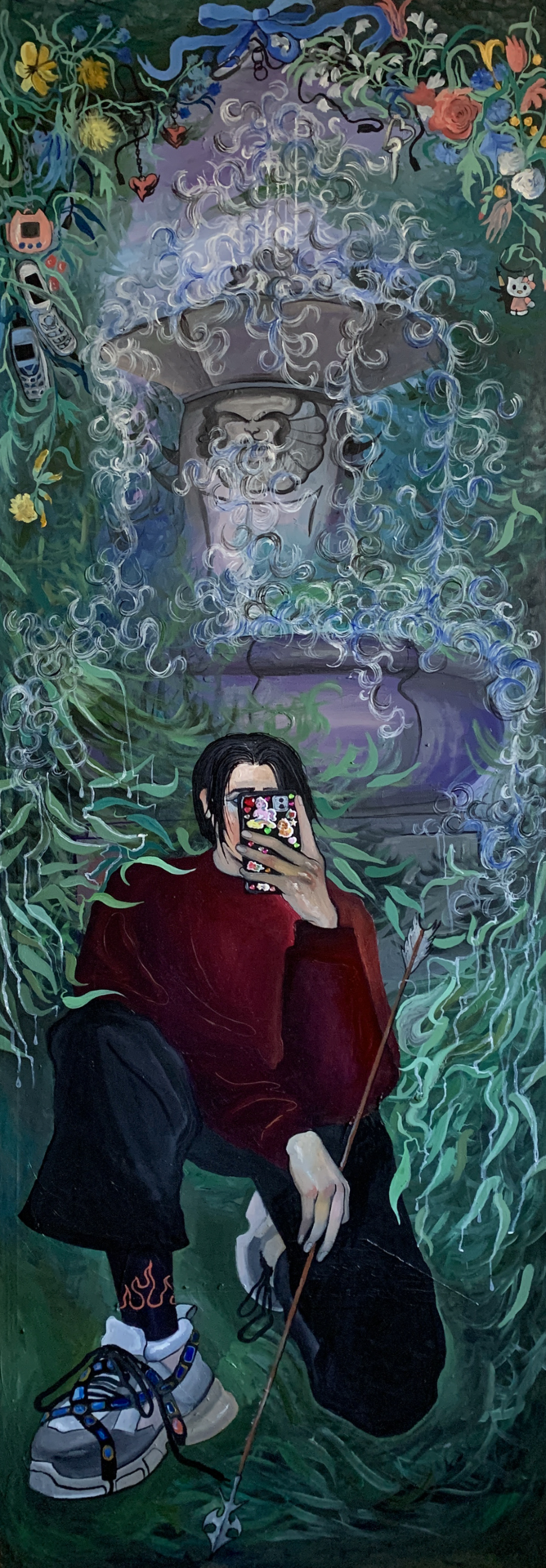
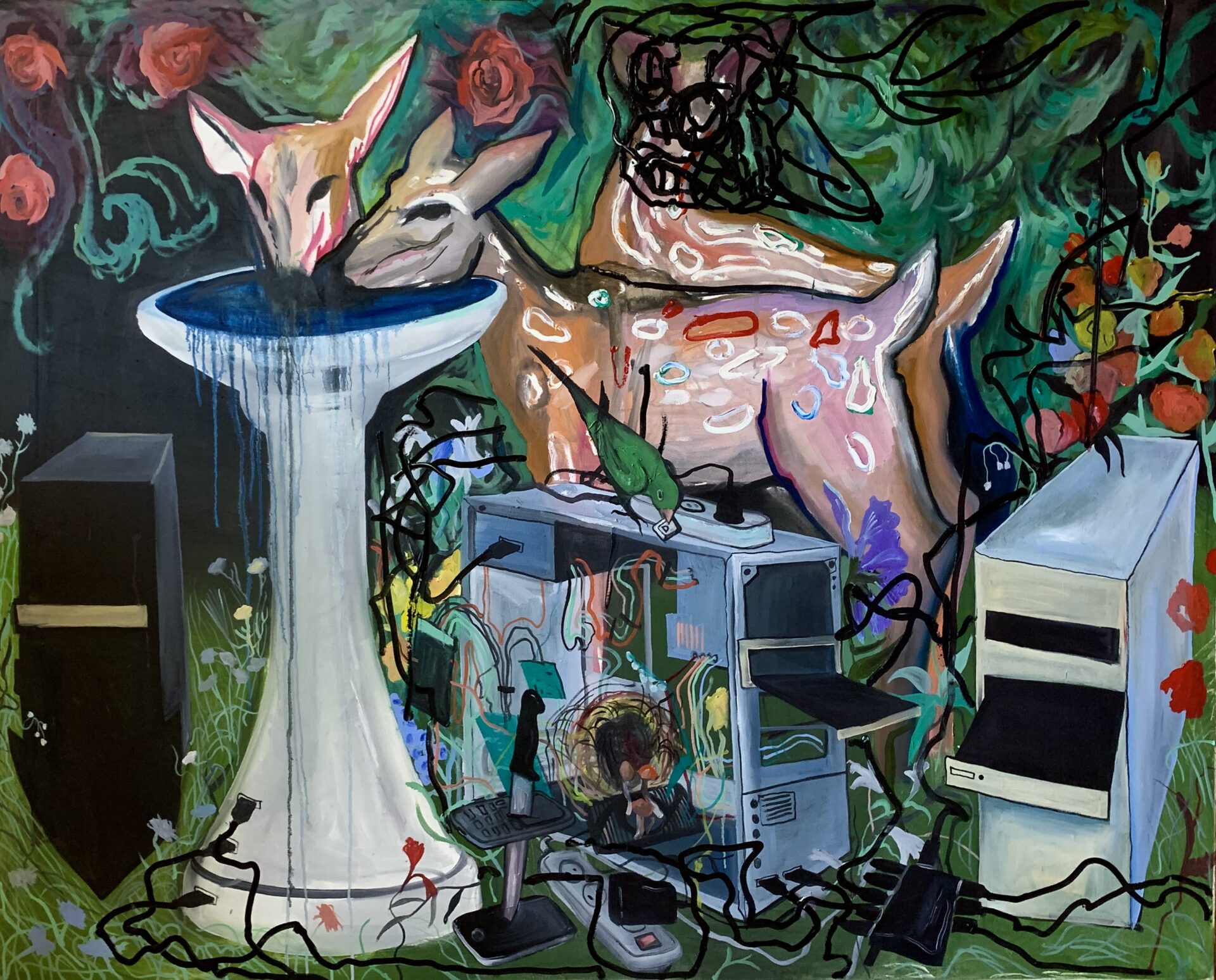
ABOUT ARTIST / I was born in 1997 in Novosibirsk, Russia. As a young person who grew up in post-Soviet Russia, I spent most of my youth trying to forget what’s around me: extreme poverty, drunkards and drug addicts, absurdity of laws and ridiculous censorship. The only available way to escape, for me, was to plunge into the unlimited world of the Internet and computer games. My art explores online and gaming spaces where I now spend most of my life: I create copies of the virtual world and embed them into everyday life scenes. I try to evolve patterns of a new genre: the “cyber-baroque”. I’m massively inspired by the excessive, extravagant art of the baroque period with its meaning hidden under the gushing decoration, dramas and symbols. It’s all very similar to the contemporary state of the overabundance of information in the online world, the overload of visual images and the seeming sufficiency of resources.
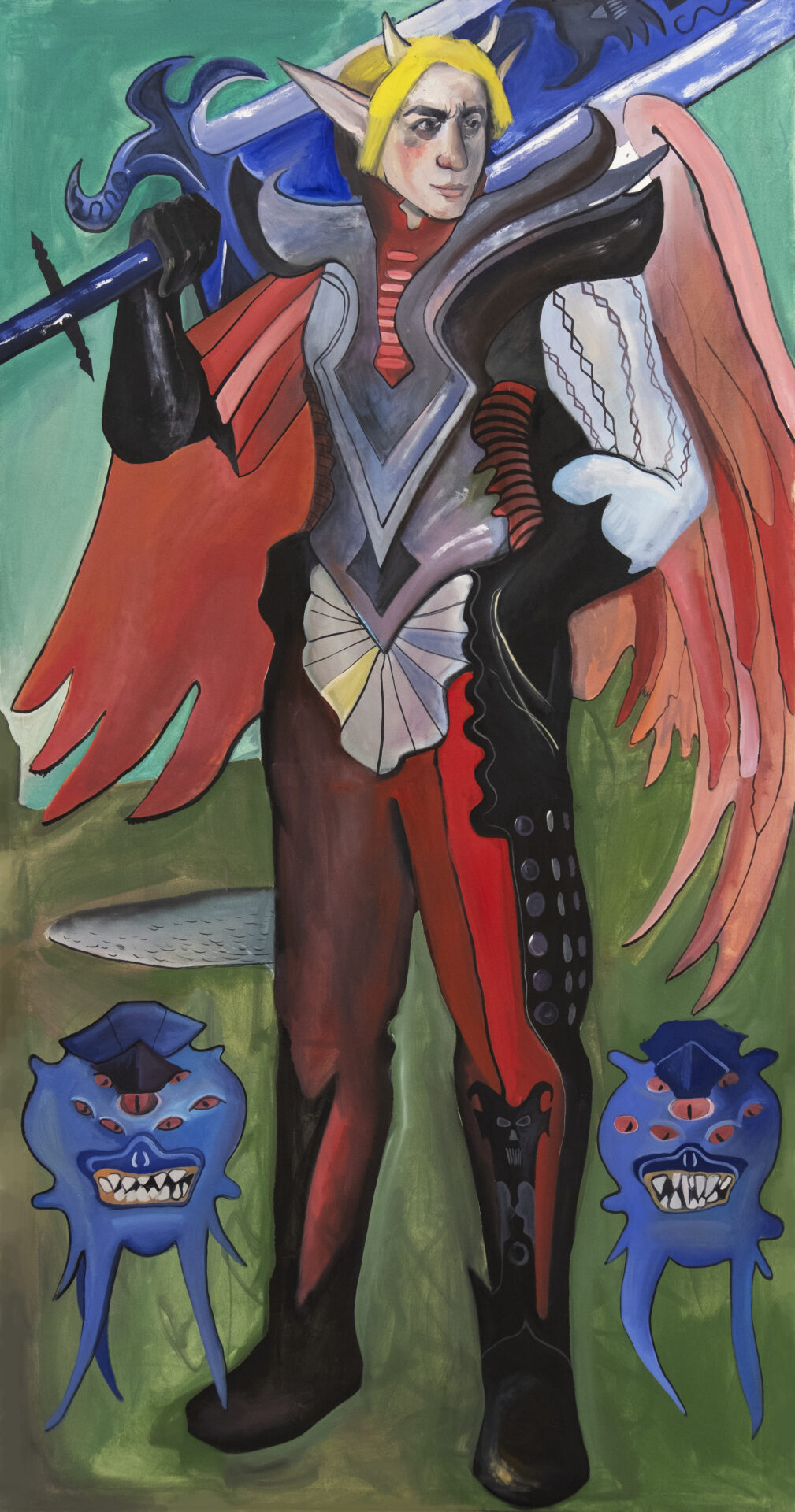
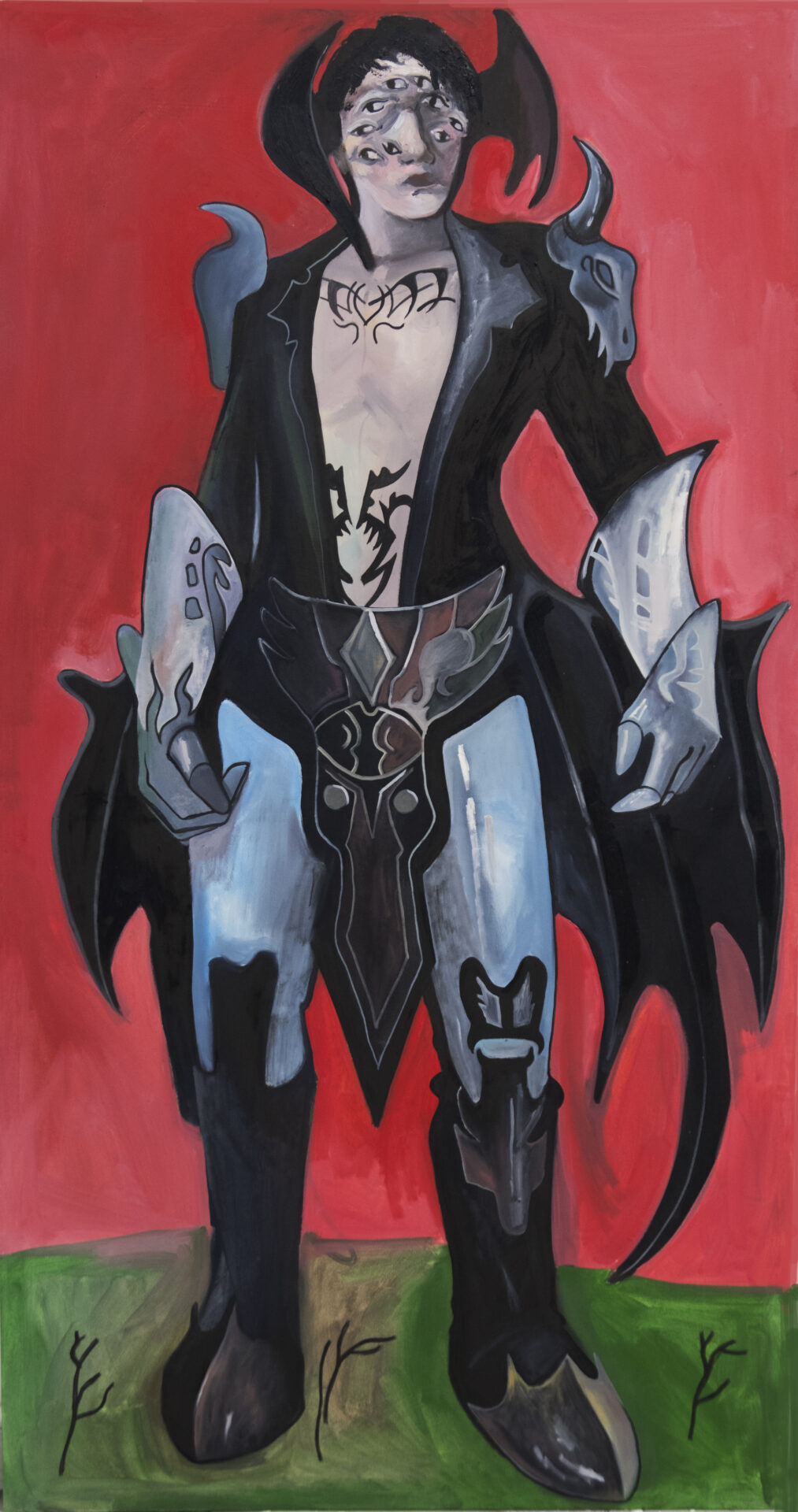


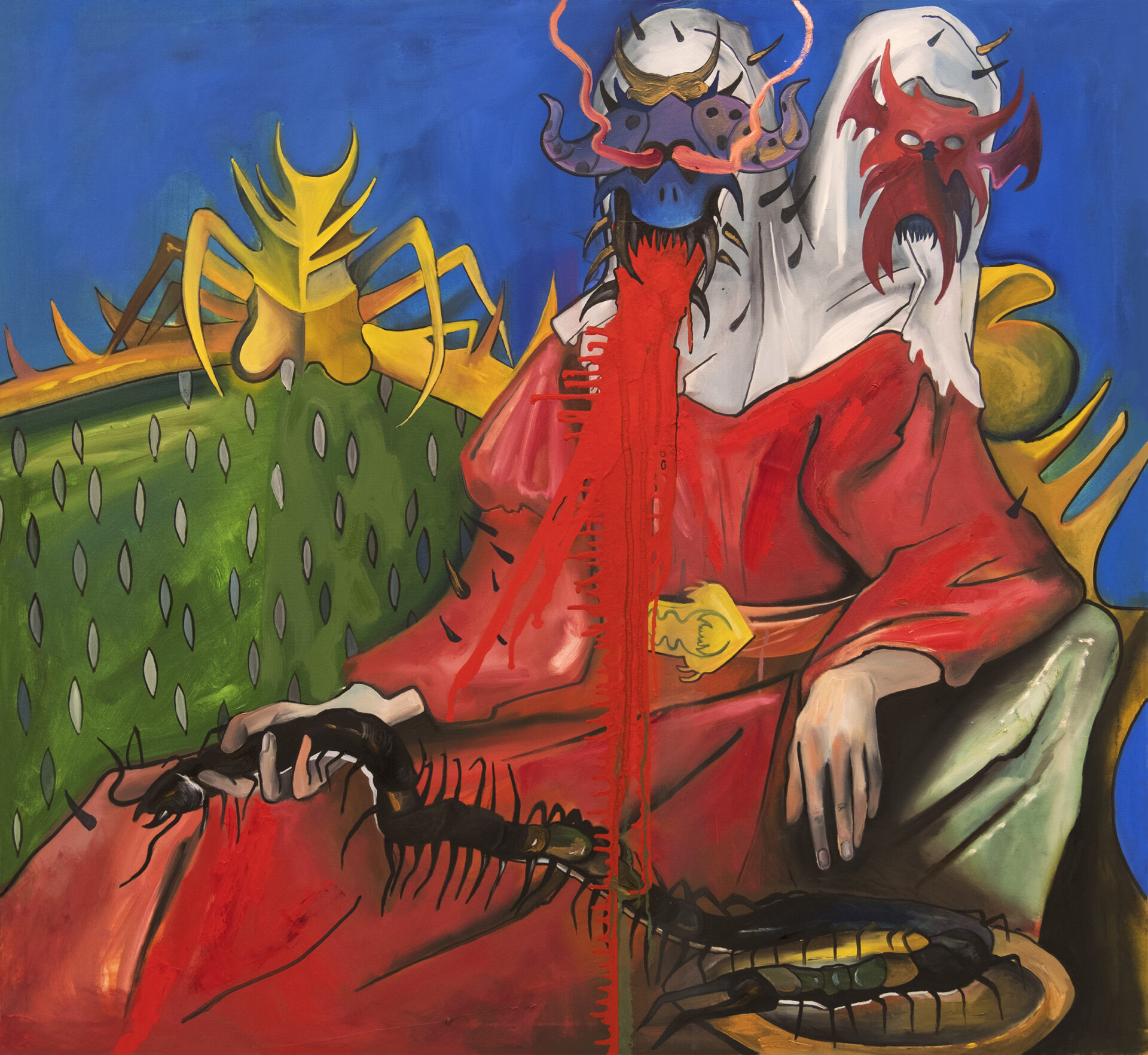
I’m excited not only about the cyberspace itself but also about the changes in cultural and social relations caused by the active use of the Internet by modern society. The way we merge things we see from different cultures and eras, the weird reactions we have to contemporary state of the world, the closeness of death announcements to memes…
I use glitch effects on traditional canvases, shift the angles as if due to “lags” to break the traditional perception of perspective and reveal the multiplicity of new, user-generated reality. I try to discover whatever is awaiting humanity: complete disappearance of the physical form and our preservation in the form of disembodied artificial intelligence or the return to materialism in the post-apocalyptic form of “Mad Max”. To be very honest, I’d prefer to lose the human form completely. Even though I still use traditional media, I mostly do oil paintings and some sculptures, as I try to embed what I like from my virtual life into the real world.
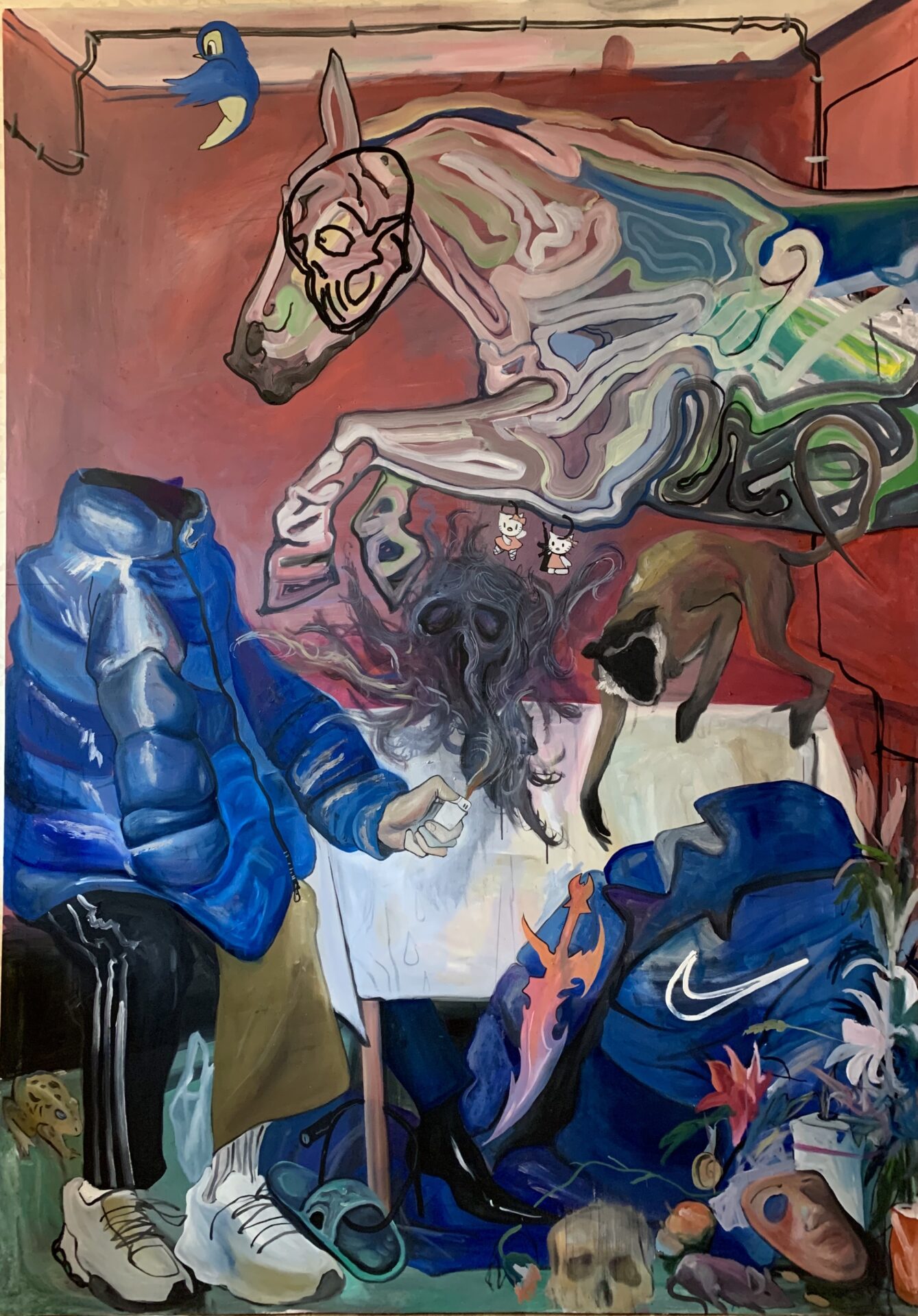
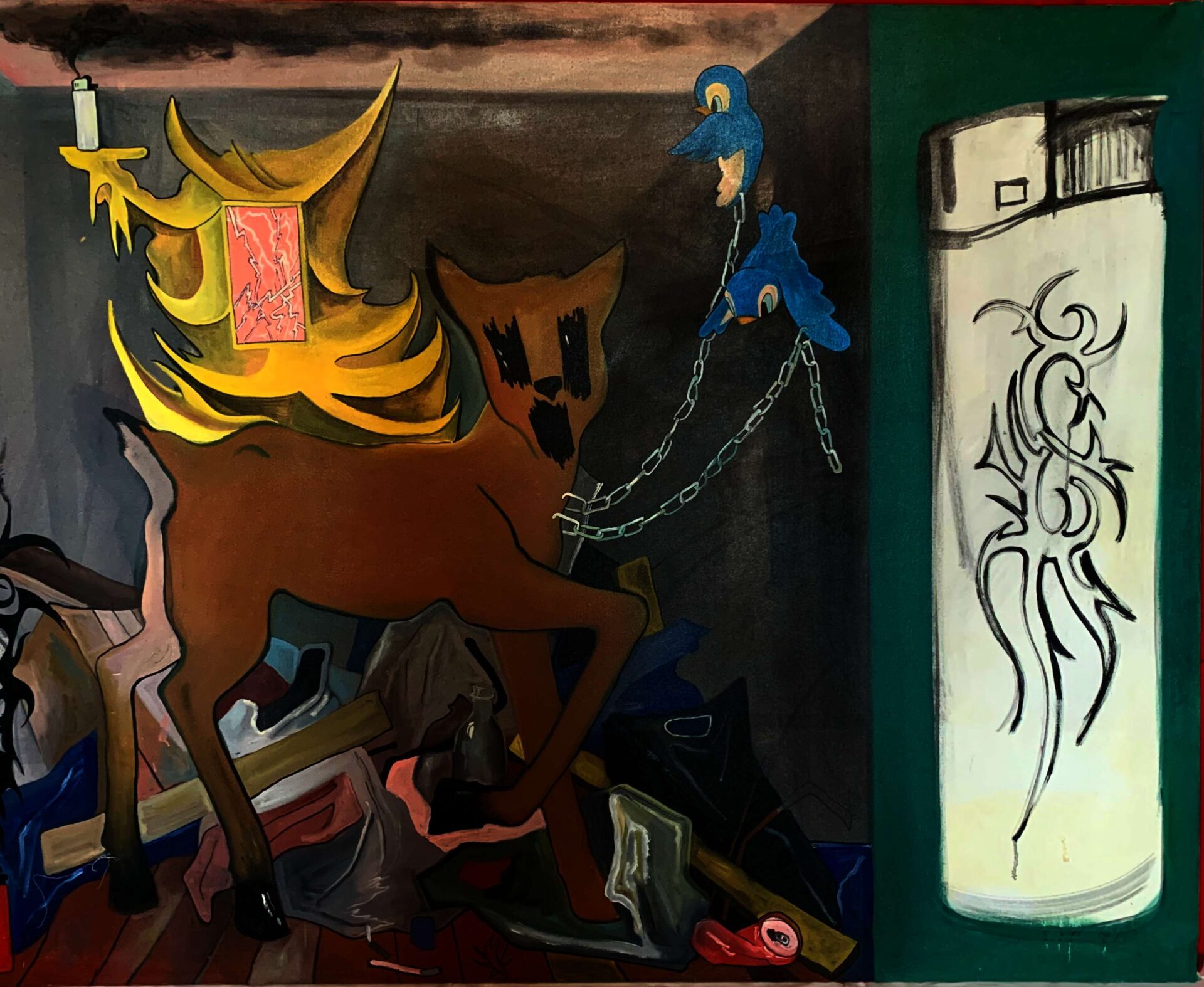
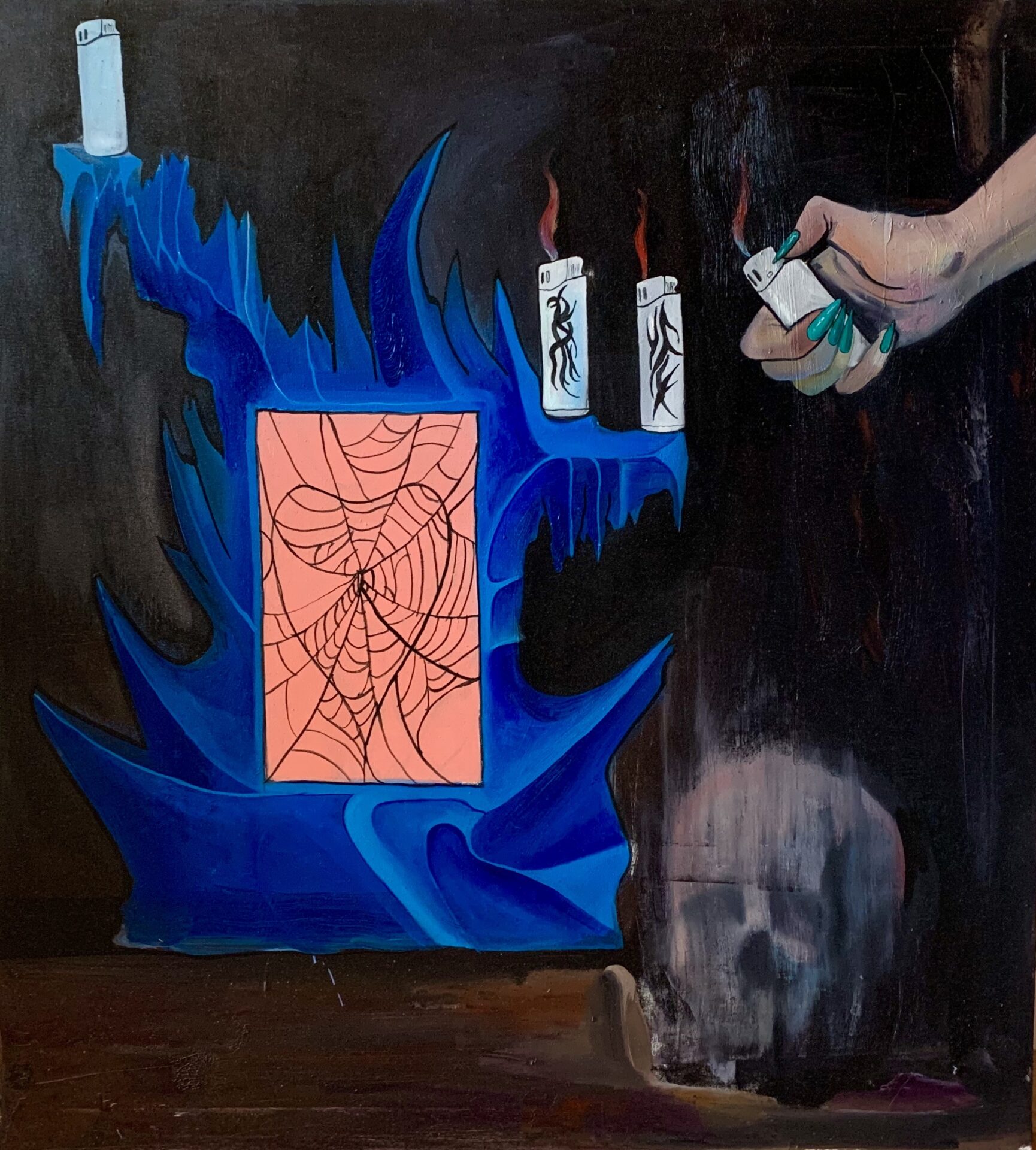
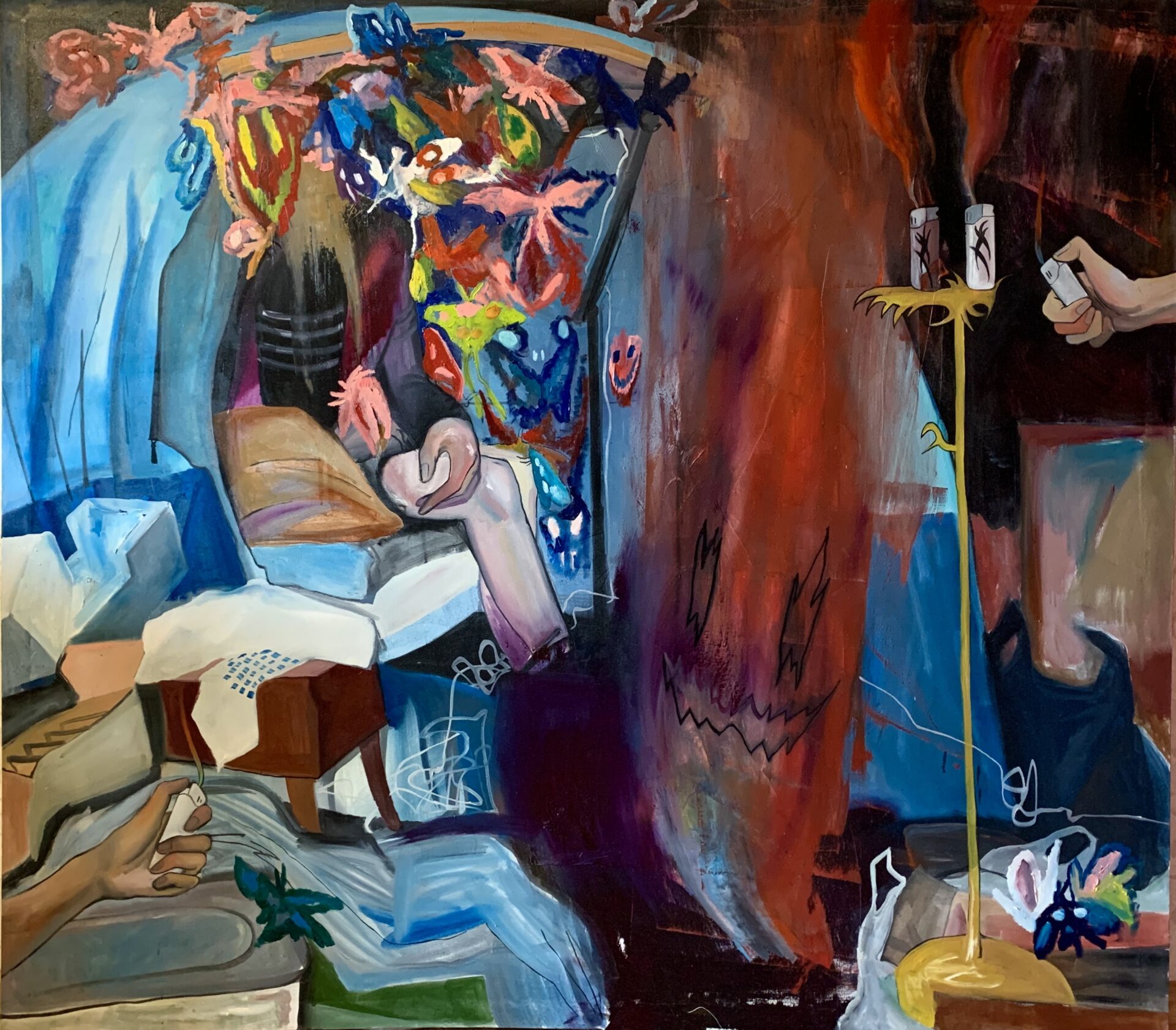
Artwork / Vladimir Kartashov @kartashov.me
